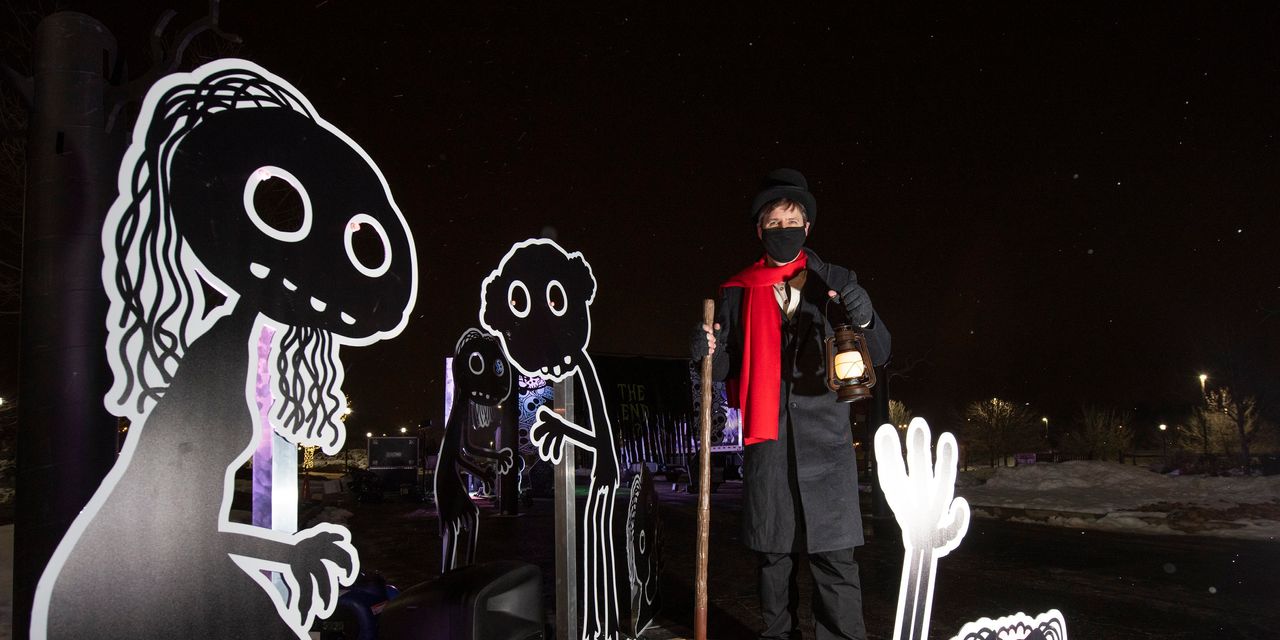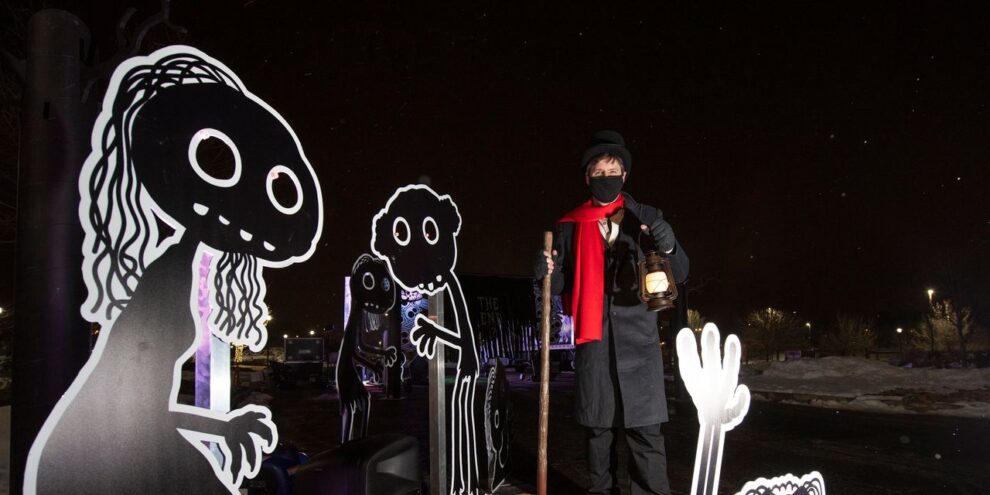
It’s going to be a big year for Halloween, despite millions of Americans feeling financial pressure due to inflation.
Total spending is expected to hit $10.6 billion, an increase of 5%, or $500 million, over last year, the National Retail Federation estimates. That’s up $2 billion, or 20%, over the $8.8 billion spent on Halloween in 2019 — the last trick-or-treat before the COVID-19 pandemic.
Spending on costumes is expected to reach $3.6 billion this year, according to the NRF survey, the most since 2017. Spending on costumes for adults could reach $1.7 billion this year, $200 million more than last year.
More than half (57%) of Americans said that inflation was affecting their Halloween spending, according to a separate LendingTree survey. Nearly a quarter of those surveyed said they were buying less candy.
Inflation was up by 8.2% in September compared with last year, according to Bureau of Labor Statistics data, putting it at one of the highest levels in the past four decades.
The price of candy and chewing gum rose 13.1% year-over-year in September, the highest increase on record, the BLS said. To put that in context: It once took nine years, from December 1997 to December 2006, for candy and chewing gum prices to increase by that amount.
“The price of candy and chewing gum rose 13.1% year-over-year in September, the highest increase on record.”
Those who haven’t yet started their Halloween shopping may have a hard time finding what they’re looking for. In July — three months before the holiday — Home Depot HD, -0.04% announced that its popular 12-foot skeleton was sold out.
A Home Depot spokesperson confirmed the initial sellout of the skeleton in summer and said the company has been releasing more of the item periodically since then.
Supply-chain disruptions could also complicate the competition. During Hershey Co.’s HSY, -0.57% second-quarter earnings call in July, CEO Michele Buck said the candy manufacturer had to prioritize its everyday candy packaging over Halloween. She said that decision was “critical to enable us to increase advertising and merchandising levels.”
In an email to MarketWatch, however, a Hershey’s spokesperson said this decision was not a sign of shortage, adding that with Halloween demand remaining high, the brand had produced more candy for the season than it had in previous years.
“Like every season over the past few years, sell-through at retail remains high with people purchasing candy, décor and other seasonal items earlier and more often. As a result, seasonally packaged candy may be more limited on the shelf as we get to the final week of the season,” the spokesperson said, adding that snack sizes of items would still be available.
“Americans will spend an estimated $100 to $169 this year on Halloween candy, decorations, cards and costumes.”
On average, the National Retail Federation said, Americans plan to spend $100 this year on Halloween candy, decorations, cards and costumes. LendingTree estimates that households will spend $169 this year, with six-figure salary earners and parents of young children planning to spend the most — $340 and $309, respectively.
More than a third of the consumers surveyed admit they plan to spend more than they can afford this year. Generation Z — those aged 18 to 24 — and parents with younger children are the most likely to admit to overspending.
“With the worst of the pandemic further in the rearview mirror, people are excited to get back to spending on the things they love most — particularly the things they maybe couldn’t fully enjoy over the last few years,” said LendingTree chief credit analyst Matt Schulz.
The most common reason for overspending was doing so accidentally: 44% of respondents said they spent more than they had expected to. Meanwhile, 34% said they were spending to make their children happy.
The NRF concluded that 40% of people are shopping at discount stores this Halloween, 36% at specialty Halloween costume stores and 31% online. Another 11% said they would shop at thrift stores and resale shops.
“Social media is playing an increasingly important role in consumer behavior, and Halloween is no different,” said Phil Rist, executive vice president of strategy at Prosper Insights & Analytics. “Younger consumers, particularly those under the age of 25, will look to platforms like Instagram and TikTok for costume inspiration this year.”











Add Comment